







Subject: Fw: FOTOS SURPREENDENTES (Cosmologia)
Fotos surpreendentes , realmente difíceis de imaginar.Um ano luz tem 5.865.696.000.000 milhas de comprimento.
Isto seria, aproximadamente 6 trilhões de milhas, viajando, na velocidade da luz, durante um ano.
(Amazing pictures, difficult to really envisage.
One light year is 5.865.696.000.000 miles in length. That's almost 6 trillion miles traveled at the speed of light in one year.)
As 10 melhores fotos captadas pelo telescópio Hubble no espaço sideral:
(Hubble telescope's top ten greatest space photographs):
1º- A Galáxia do Sombrero - distante 28 milhões de anos luz da Terra - foi eleita a melhor foto, captada pelo Hubble. As dimensões desta Galáxia, oficialmente denominada M104, tem uma aparência espetacular. Ela têm 800 bilhões de sois e um diâmetro de 50.000 anos luz.
(- The Sombrero Galaxy - 28 million light years from Earth - was voted best picture taken by the Hubble telescope. The dimensions of the galaxy, officially called M104, are as spectacular as its appearance.It has 800 billion suns and is 50.000 light years across.)
2º -A Nebulosa da Formiga, que é uma nuvem de poeira cósmica e gás, cujo nome técnico é Mz3. assemelha-se a uma formiga quando observada por telescópios fixos. Esta Nebulosa, esta distante da nossa Galáxia, e da Terra, entre 3.000 a 6.000 anos luz.
(- The Ant Nebula, a cloud of dust and gas whose technical name is Mz3, resembles an ant when observed using ground-based telescopes. The nebula lies within our galaxy between 3.000 and 6.000 light years from Earth.)
3º - Em terceiro lugar está a Nebulosa NGC2392, chamada Esquimó, pois se assemelha a um rosto circundado por chapéu ou gorro enrugado. Este chapéu, na realidade, é um anel formado por estruturas ou restos desagregados de estrelas mortas. A Esquimó está há 5.000 anos luz da Terra.
(- In third place is Nebula NGC 2392, called Eskimo because it looks like a face
surrounded by a furry hood. The hood is, in fact, a ring of comet-shaped objects flying away from a dying star. Eskimo is 5.000 light years from Earth.)
4º - Em 4º lugar temos a Nebulosa Olho de Gato, que tem uma aparência do olho esbugalhado do feiticeiro Sauron do filme "O senhor dos anéis".
(- At four is the Cat's Eye Nebula, which looks like the eye of disembodied sorcerer Sauron from Lord of the Rings.)
5º - A Nebulosa Ampulheta, distante 8.000 anos luz, que tem um estrangulamento no meio, por causa dos ventos que modelam a nebulosa, serem mais fracos na sua parte central.
(- The Hourglass Nebula, 8.000 light years away, has a pinched-in-the-middle look because the winds that shape it are weaker at the centre.)
6º - Em 6º lugar está a Nebulosa do Cone. A parte que aparece na foto tem 2.5 anos luz de comprimento (o equivalente a 23 milhões de voltas ao redor da Lua).
(- In sixth place is the Cone Nebula. The part pictured here is 2.5 light years in length (the equivalent of 23 million return trips to the Moon).
7º - A Tempestade Perfeita, uma pequena região da Nebulosa do Cisne, distante 5.500 anos luz; descrita como "um borbulhante oceano de hidrogênio, e pequenas quantidades de oxigênio, enxofre e outros elementos".
(- The Perfect Storm, a small region in the Swan Nebula, 5.500 light years away, described as a 'bubbly ocean of hydrogen and small amounts of oxygen, sulphur and other elements'.)
8º - Noite Estrelada, assim chamada por lembrar aos astrônomos um quadro de Van Gogh com este nome. É um halo de luz que envolve uma estrela da via Láctea.
(- Starry Night, so named because it reminded astronomers of the Van Gogh painting.It is a halo of light around a star in the Milky Way.)
9º - Um redemoinho de olhos "furiosos" de duas galáxias, que se fundem, chamadas NGC 2207 e IC 2163, distantes 114 milhões de anos luz na distante Constelação do Cão Maior (Canis Major).
(- The glowering eyes from 114 million light years away are the swirling cores of two merging galaxies called NGC 2207 and IC 2163 in the distant Canis Major constellation.)
10º- A Nebulosa Trifid. É um "berçário estelar", afastado da Terra 9.000 anos luz, e é o lugar onde nascem as novas estrelas.
(- The Trifid Nebula. A 'stellar nursery', 9.000 light years from here, it is where new stars are being born.)
Fonte:
http://hubblesite.org/gallery/
http://hubblesite.org/newscenter/archive/releases/1994/01/
http://cfa-www.harvard.edu/press/2007/pr200716_images.html
http://heritage.stsci.edu/gallery/gallery.html
http://amazing-space.stsci.edu/
http://www.boston.com/news/science/gallery/hubble/
Música:
"Hummelflug" de Nicolai Rimsky Korsakow, execução da Pop Orchestra of London.
Roland Steiner, em 04 de junho de 2007._
* ILUSTRAÇÕES ENVIADAS POR ANGÉLICA LEPPER , ACHEI-AS BELÍSSIMAS , POR ISTO AS REPRODUZO AQUI .*
" ORA ... DIREIS , OUVIR ESTRELAS ! CERTO PERDESTE O SENSO ... E EU VOS DIREI NO ENTANTO QUE , PARA OUVÍ-LAS , MUITAS VEZES DESPERTO E ABRO AS JANELAS PÁLIDO DE ESPANTO ...
E CONVERSAMOS TODA A NOITE , ENQUANTO A VIA LÁCTEA , COMO UM PÁLIO ABERTO , CINTILA ... E , AO VIR DO SOL , SAUDOSO E EM PRANTO , AINDA AS PROCURO PELO CÉU DESERTO . DIREIS AGORA : TRESLOUCADO AMIGO !
O QUE CONVERSAS COM ELAS ? ...
QUE SENTIDO TEM O QUE DIZEM , QUANDO ESTÃO CONTIGO ? ...
E EU VOS DIREI : AMAI PARA ENTENDÊ-LAS ! POIS SÓ QUEM AMA ... PODE TER OUVIDOS , CAPAZ DE OUVIR E ENTENDER ESTRELAS !
( Via Láctea , Olavo Bilac )
Sandra Waihrich Tatit














































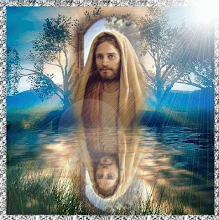

















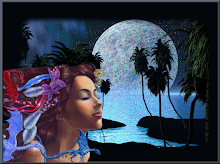

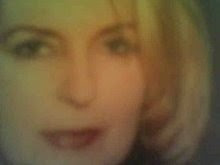

















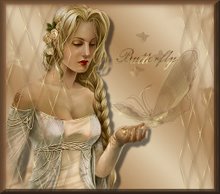

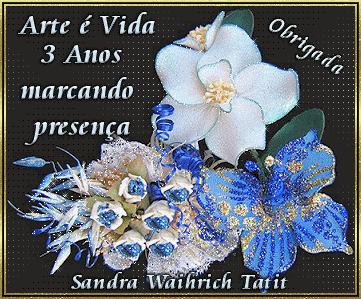
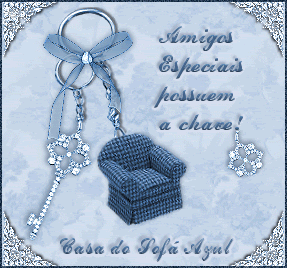
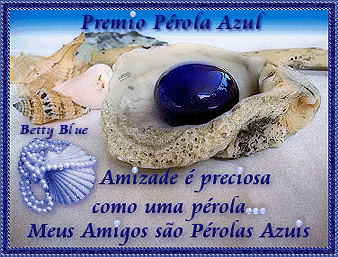




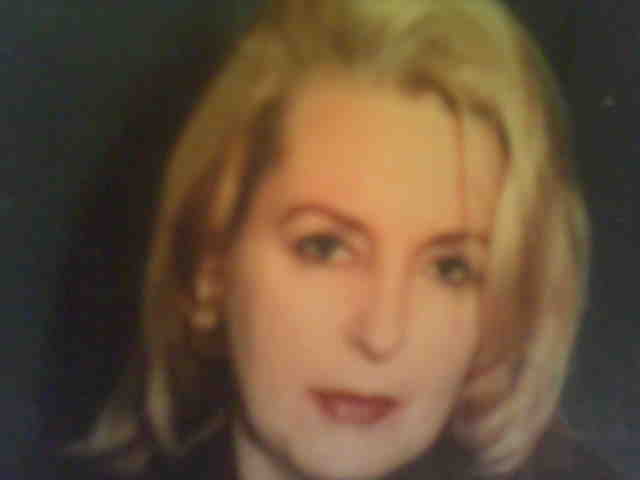

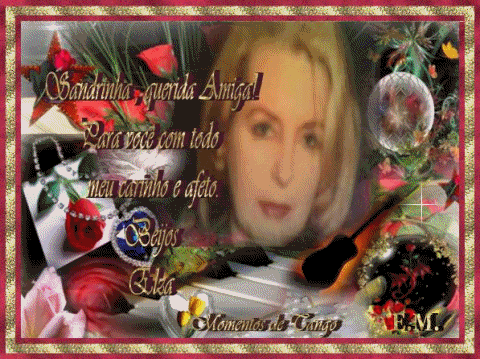





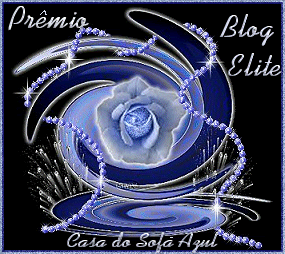

No comments:
Post a Comment